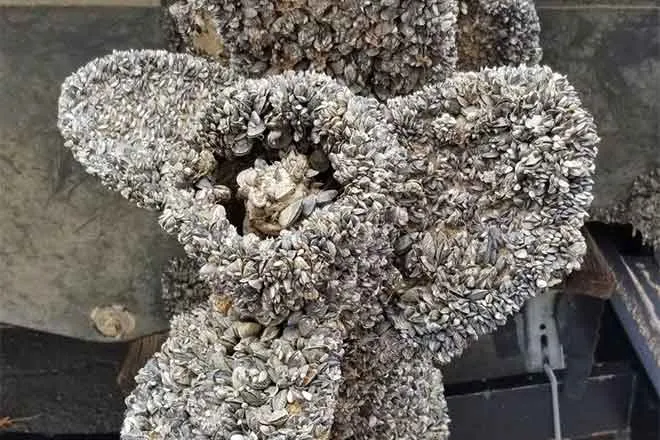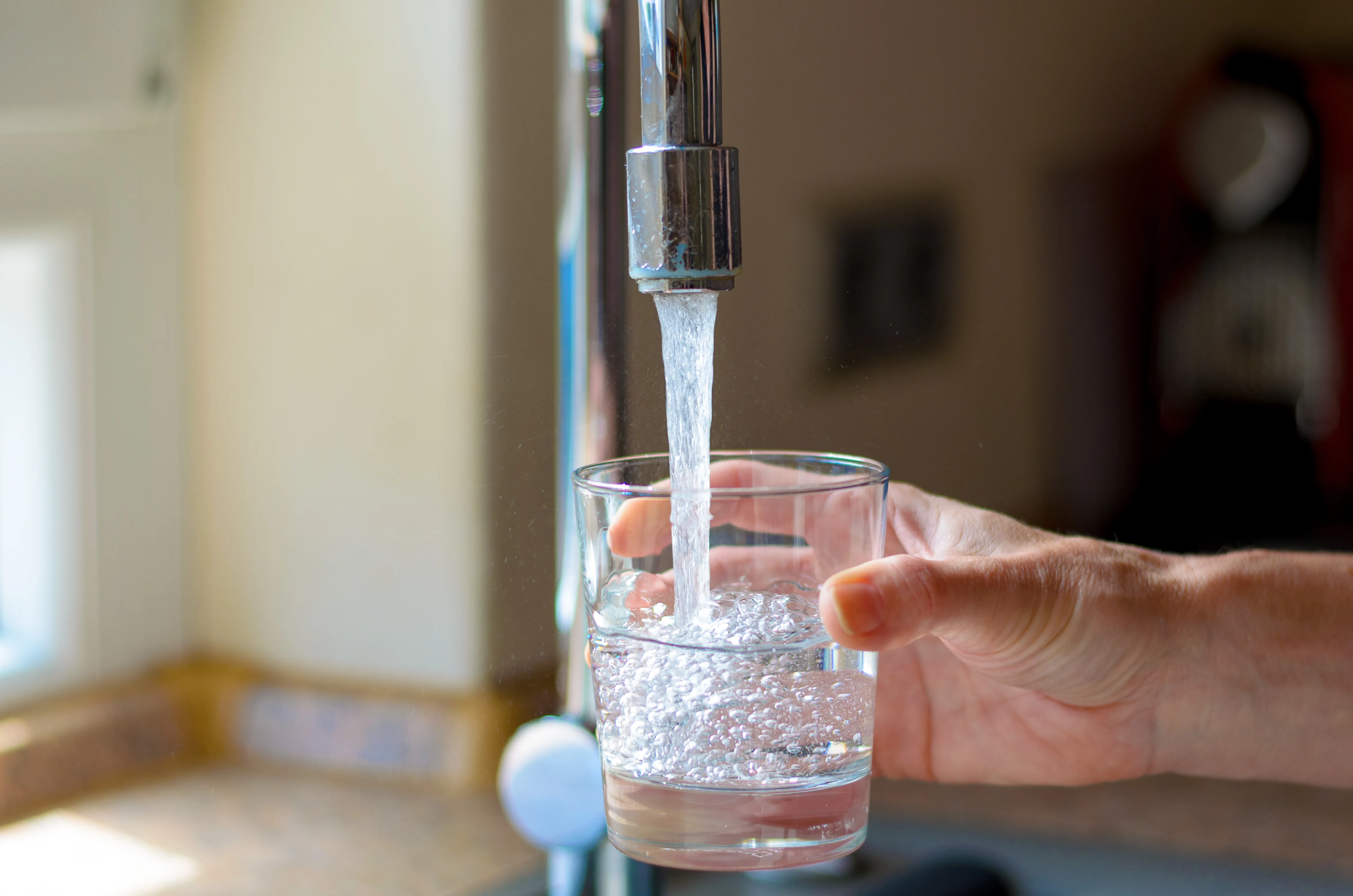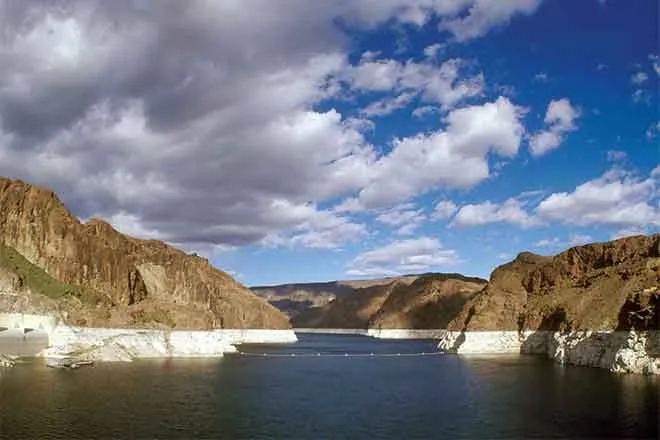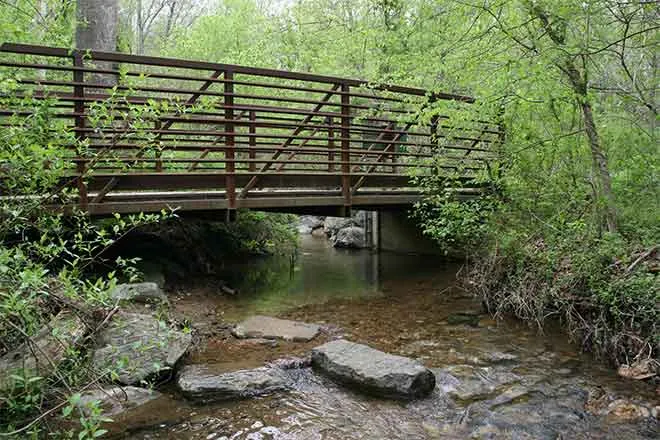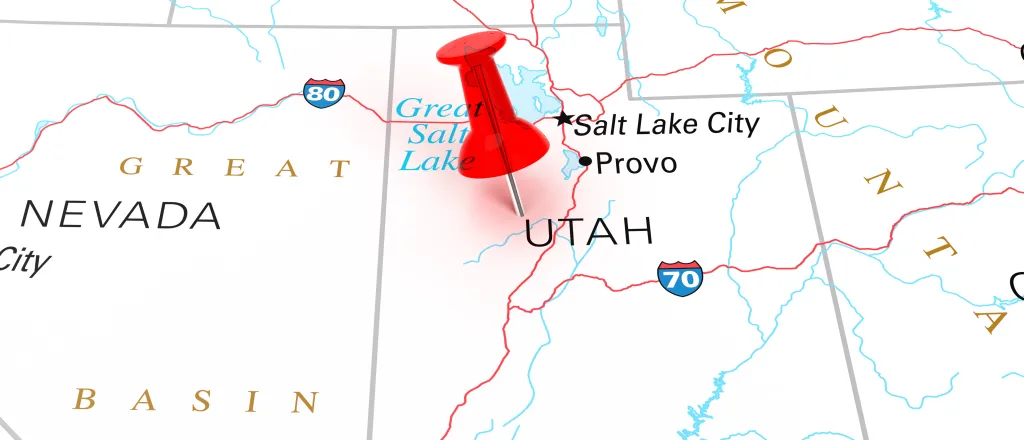
With a good snowpack and federal funds, officials feel hopeful about Great Salt Lake
The federal government will unfreeze $50 million in funds that the Biden administration had originally awarded Utah in an effort to get more water to the Great Salt Lake.
That’s according to Great Salt Lake Commissioner Brian Steed, who said the U.S. Bureau of Reclamation lifted the Trump administration’s pause Thursday.
The bureau announced the funding in the waning days of the Biden administration, marking the largest single investment in the Great Salt Lake from the federal government. The funding was then put on hold for much of the winter, part of Trump’s review of federal programs and spending.
“That $50 million will go a long way towards helping the lake be in a much better spot,” Steed told reporters during a news conference on Tuesday.

iStock
The state still has some guardrails — about $10 million will go toward leasing, which allows the state to pay water rights holders in the Great Salt Lake basin to set aside some of their water for the lake. The remaining $40 million will go toward habitat projects around the lake.
The announcement comes as lake levels hover around 4,193 feet on the south arm, and 4,192 on the north arm (the two sections are divided by a causeway, with the north arm typically experiencing lower water levels and higher salinity).
That’s about one foot lower for the south arm and two feet higher for the north arm compared to last year, when the Great Salt Lake Basin saw above-average snowpack levels. It’s far better than the historically low water levels in 2022, where the lake bottomed out at 4,188.5 feet.
Now, with snowpack currently at about 113 percent of normal for the Great Salt Lake Basin, Steed said the outlook is looking good, calling it a “remarkably average year” given how dry the fall was.
“We expect we’ll have a pretty significant runoff into the Great Salt Lake, which gives us a lot of cause for hope,” said Steed, pointing to a report from the Natural Resources Conservation Service that suggested lake levels could rise between 6 inches to 1.5 feet as the snow continues to melt.
That’s all good news for the lake’s salinity levels, a vital metric for overall ecosystem health. As lake levels drop, salinity becomes more concentrated, which can impact brine shrimp and brine fly populations— those populations are essential food for the millions of migratory birds that stop by the Great Salt Lake on their journey.
Current salinity levels were around 10.5 percent on Tuesday. “That’s actually in a really healthy spot,” Steed said.
For reference, when lake levels hit a historic low in 2022, salinity levels in the south arm hit 19 percent, nearing the tipping point of what brine flies can handle.
A slow year for the Great Salt Lake on capitol hill
Steed’s remarks come on the heels of the 2025 Legislative General Session, where lawmakers passed more than 500 bills and funded a number of programs.
But unlike recent years, it was a slow year for the Great Salt Lake. After several sessions of prioritizing water and Great Salt Lake-related legislation, House Speaker Mike Schultz, R-Hooper, said lawmakers should evaluate the success of these policies before further tweaking water law.
Still, Steed said it was “a relatively successful legislative session for the Great Salt Lake.” That includes:
- HB446, which was mostly a clean-up bill clarifying existing policies, including Great Salt Lake Commissioner’s authority to lease water for the lake
- HB520, which officially moves Steed’s office under the Utah Division of Natural Resources and pushes for more coordination between the Great Salt Lake Trust Council and the Great Salt Lake Commissioner’s Office.
- A $1 million allocation for Steed’s office to lease more water for the Great Salt Lake.
- About $150,000 in annual funds for the Utah Department of Environmental Quality to monitor dust pollution from the lake.

